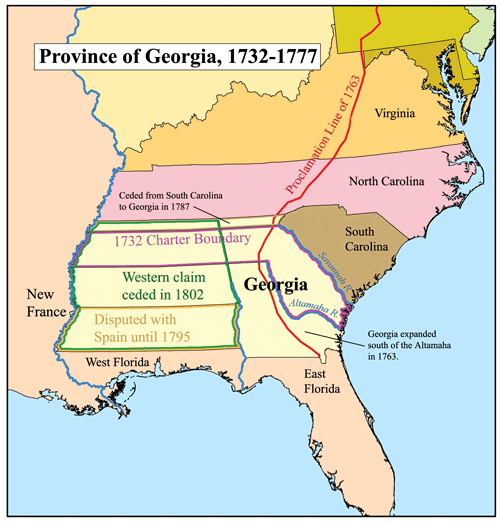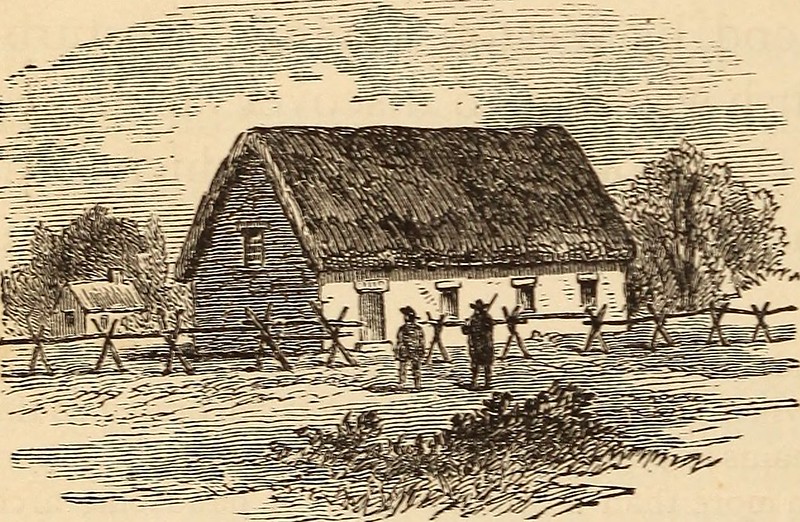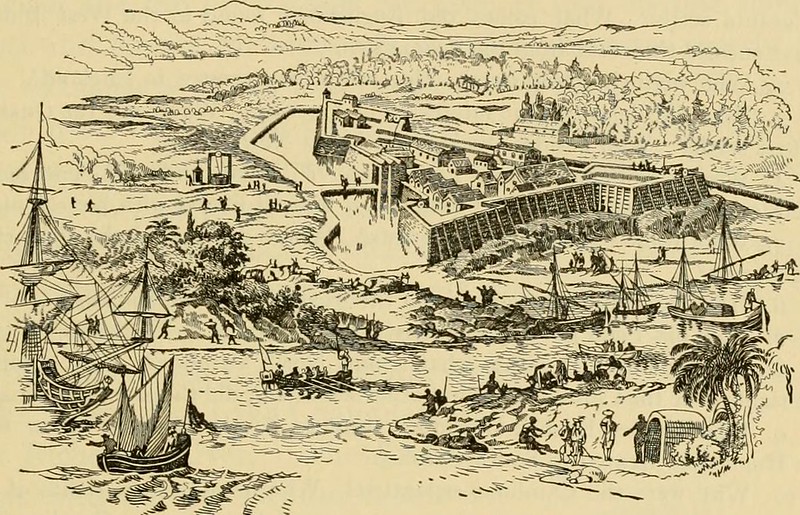1. Virginia Colony (1607)
Virginia was the first of the Thirteen Colonies, established in the spring of 1607 when an expedition of 144 people, including 105 settlers and 39 sailors, organized by the Virginia Company of London, landed at the mouth of Chesapeake Bay.
The colonists sailed to Jamestown, located between modern-day Richmond and Norfolk, due to its strong defensive position against potential raids from Spanish and Native American forces. There, they set up the first permanent settlement of any of the Thirteen Colonies.
Similar to previous failed attempts to create British settlements in North America, such as on Roanoke Island, Virginia initially struggled to survive. The colonists relied heavily on supply shipments from Britain, were plagued by disease, and faced the constant threat of attack from Algonquian Native American tribes.
However, by the early 1610s, the colonists had begun to successfully grow profitable strains of tobacco that they could export to the Old World, creating a cash crop that the colony could use to sustain itself.
The size and number of plantations grew steadily throughout the 1600s, spurred on by the use of enslaved Africans as farm laborers.
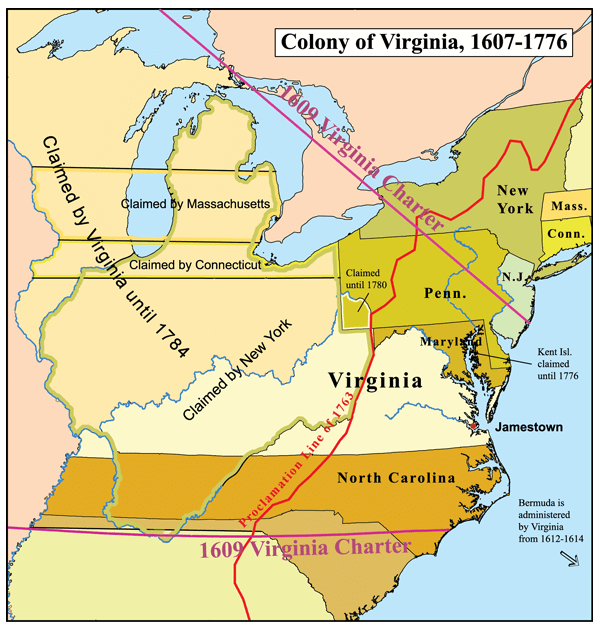
2. New Hampshire (1623)
New Hampshire was formed in 1623 after a number of land grants were issued to Captain John Mason and Sir Ferdinando Gorges by King James I.
The colony was essentially a series of small settlements that relied on fishing and fur trading along the coast, and the Piscataqua River. Large-scale farming was difficult, as the region’s soil was not as fertile as it was in other colonies that would follow, such as Massachusetts.
New Hampshire’s early history was marred by inter-colonial territorial disputes among those who had been granted land in the territory.
Massachusetts claimed New Hampshire for itself in the mid-1600s, but New Hampshire was eventually given a separate charter by the British in 1679.
Many colonists fled Massachusetts for New Hampshire to escape the rigid Puritanism of Massachusetts. Although, while under its control, Massachusetts attempted to instill its strict religious values in New Hampshire as well.
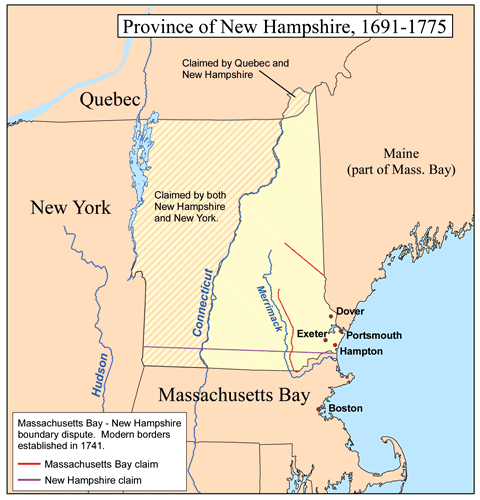
3. Massachusetts Bay Colony (1630)
Massachusetts was originally settled by Puritans escaping religious persecution in England, beginning in 1630 in Boston and Salem.
The Puritans sought to create a society based on their strict interpretation of Biblical principles. They envisioned the colony as a “city upon a hill,” a model of Christian virtue and discipline.
The colony had a relatively varied economy and agricultural strategy, leading to rapid growth. Crops such as wheat and corn were grown successfully, and colonists also relied on fishing and whaling to earn a living.
However, as touched on before, many ended up fleeing Massachusetts to escape the strict Puritanical principles imposed by its government, with well-known religious dissenters such as Roger Williams and Anne Hutchinson escaping to neighboring colonies.
The Massachusetts Bay Colony absorbed Plymouth Colony in 1691 – the second successful British colony established in North America, which was also made up of Pilgrims who came to the New World for religious reasons.
4. Maryland (1634)
Maryland was another colony initially established as a religious community – this time for Catholics.
At the time, Catholics were often considered traitors in their home country. Settlers, led by Cecil Calvert, also known as the Second Lord Baltimore, aimed to create a safe place for Catholics to live in the New World, creating St. Mary’s City near the Chesapeake Bay.
However, many of the people that Calvert was able to convince to settle in Maryland were Protestants, not Catholics. This later led to inter-colonial conflict and resistance against the government, especially during the English Civil War from 1642 to 1651.
Similar to Virginia, Maryland was initially plagued by disease, before seeing economic success exporting tobacco crops.
The colonists also established successful trade relations with local Native American tribes. While conflicts did occur, Maryland formed an alliance with the Susquehannock tribe in 1652, to fight against other groups of Native Americans carrying out raids on the colony.
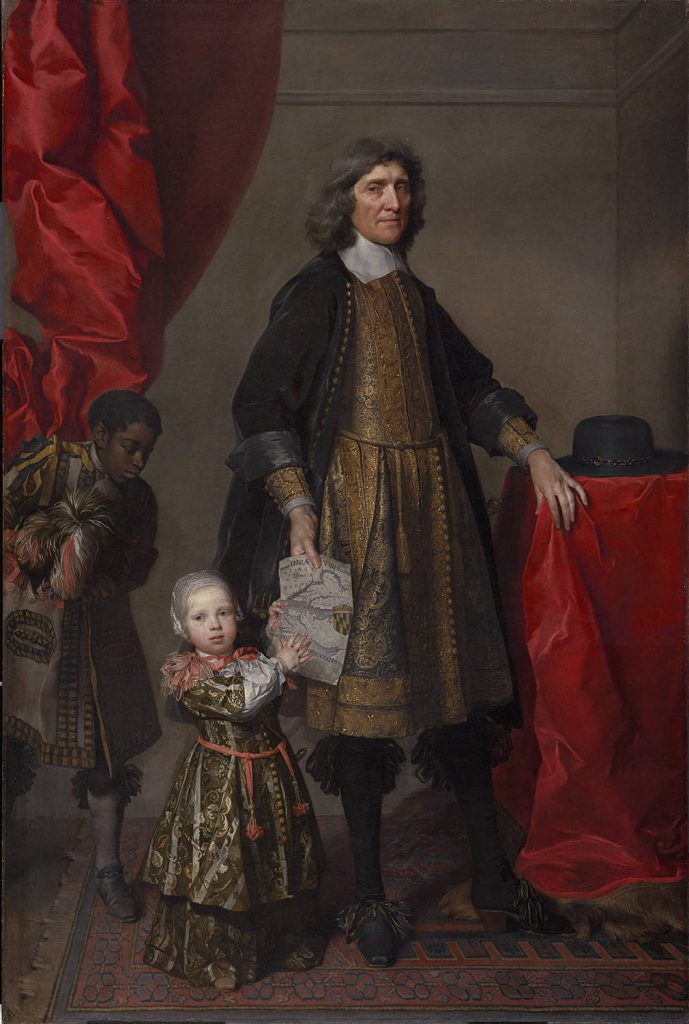
5. Connecticut (1636)
Connecticut was formed by Thomas Hooker, a Puritan minister, in 1636, beginning with the settlement of Hartford.
Although Connecticut was a strongly religious Puritan community, Hooker and his followers sought greater political and religious freedom than Massachusetts offered. He disagreed with the restrictive voting rights in Massachusetts, which were limited to male church members.
Massachusetts Bay Colony was also running out of room, and it was clear that new area was needed.
While Connecticut had been identified as a strong choice for expansion, it was originally thought that the threat of the Pequot Tribe was too great. However, the Native Americans were soundly defeated by an alliance of colonists during the Pequot War of 1636-38, opening the door for settlement.
Land along the Connecticut River was incredibly fertile, and agriculture flourished in the colony. In 1662, Connecticut received a Royal Charter from King Charles II.
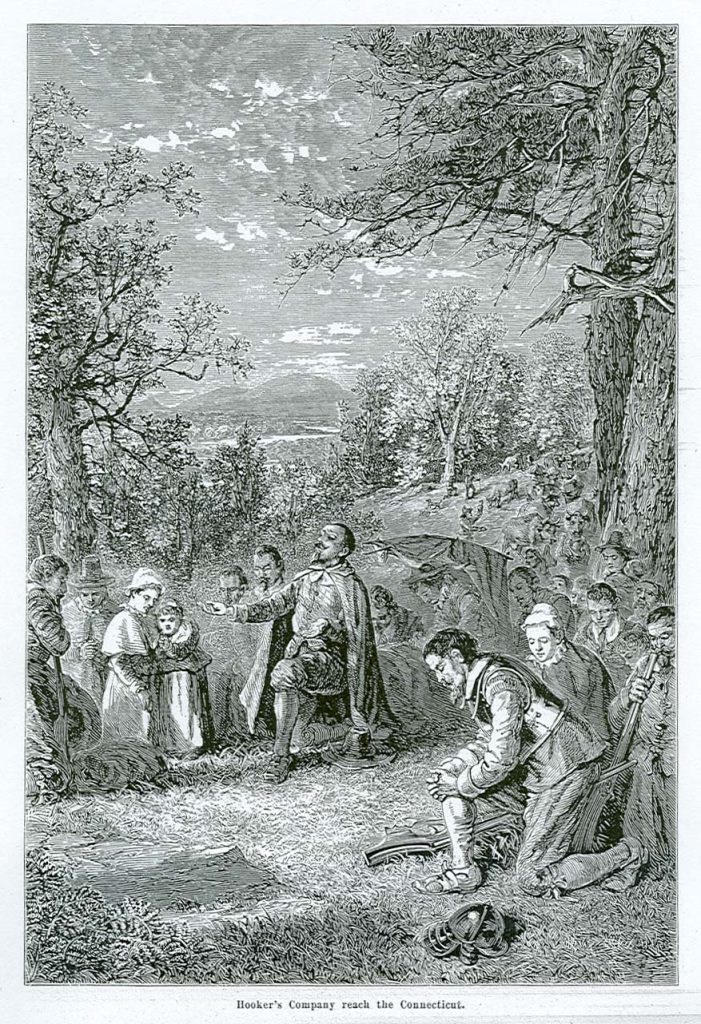
6. Rhode Island (1636)
Rhode Island was founded in 1636 by Roger Williams, a religious dissenter who was banished from Massachusetts for criticizing its theocratical government.
Williams began by purchasing land from Native Americans to create Providence, and other religious refugees later formed settlements at Portsmouth, Newport, and Warwick. In 1644, Rhode Island received a Royal Charter from the English Parliament.
Rhode Island’s ports, particularly Newport, became centers of trade, in industries such as fishing, shipbuilding, and commerce. The colony also became heavily involved in the transatlantic slave trade as a key part of its economy. Farming was limited due to the rocky nature of the terrain that was settled.
Over the next 30-40 years, Rhode Island’s population grew as it attracted a diverse population of religious refugees, including Baptists, Quakers, and Jews, as well as other people seeking economic opportunities.
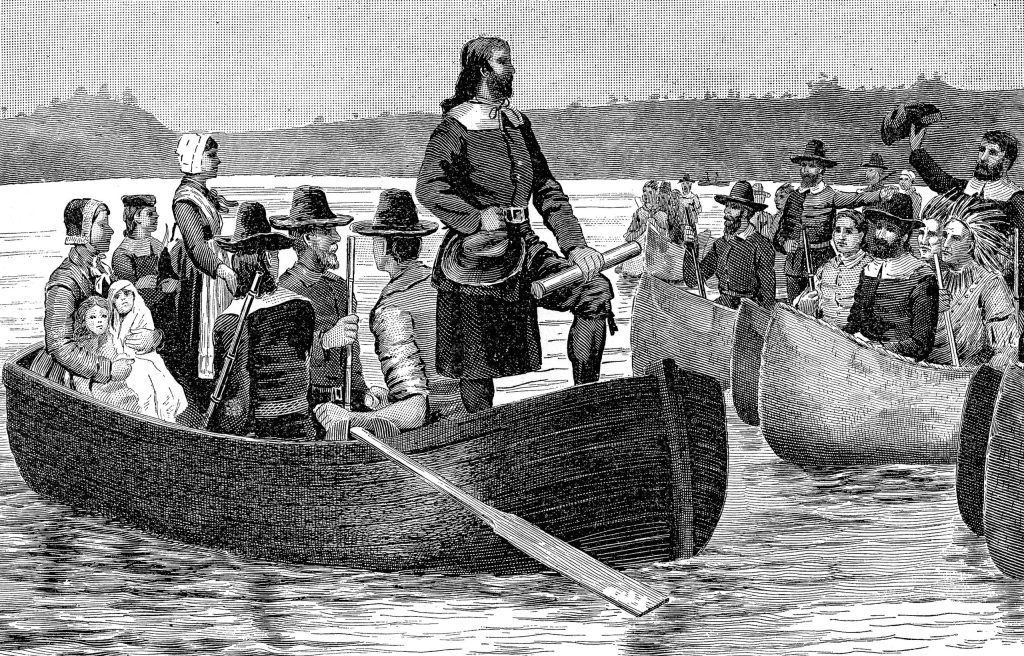
7. North Carolina (1653)
North Carolina was originally part of the Province of Carolina, established in 1663 when King Charles II granted the territory to eight English noblemen as a reward for their support during his restoration to the throne.
The land grants were huge, comprising areas of modern-day North and South Carolina, Georgia, Florida, Alabama, and Mississippi. Originally, North and South Carolina were a single colony known as the Province of Carolina.
The Lords Proprietors, as the noblemen were known, aimed to profit from land sales, and establish successful colonies based on agricultural trade.
Early settlements already existed in Albemarle Sound, south of modern-day Norfolk, and this is where the colony was established from.
Relations with Native American tribes were relatively peaceful, at least up until the Tuscarora War (1711-1715). However, the Lords Proprietors had difficulty enforcing authority due to the colony’s dispersed settlements and rugged terrain, leading to unrest among the colonists.
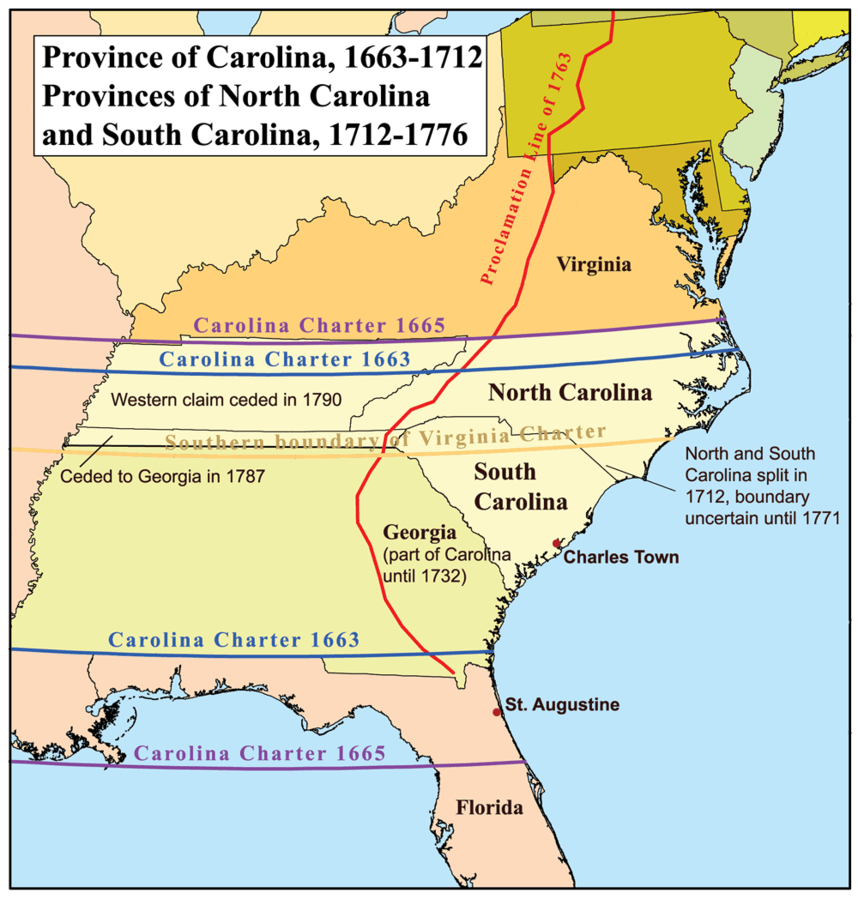
8. South Carolina (1663)
South Carolina was originally formed at the same time as North Carolina, with both being part of the Province of Carolina.
Large scale settlement began in the 1650s, and in 1670, Charles Town was formed, named after King Charles II, and now known as Charleston.
In comparison to North Carolina, larger plantations were much more common in the south, because coastal lowlands featured fertile soil and a warm, humid climate ideal for growing labor-intensive crops.
These plantations thrived on the back of African slave labor. Rice became the colony’s most lucrative export crop, cultivated with the expertise of enslaved Africans.
The combined Carolina territory was difficult to govern as a single entity due to geographical and cultural differences. Therefore, in 1712, the colony was officially divided into North Carolina and South Carolina, with each having its own government.
9. New York (1664)
New York was originally formed in 1624 as a Dutch fur-trading colony by the Dutch West India Company, known as New Netherland.
Initially, its territory spread far beyond the bounds of present-day New York, into parts of Maine, Massachusetts, and Pennsylvania.
Similar to many British colonies, New Netherland was in regular conflict with Native American tribes, but eventually established itself as a profitable outpost of the Dutch Republic.
In 1664, King Charles II and his brother James, the Duke of York, successfully invaded and captured New Netherland for the British, and renamed it New York.
Many Dutch settlers remained in the territory, making New York one of the most diverse of the original Thirteen Colonies.
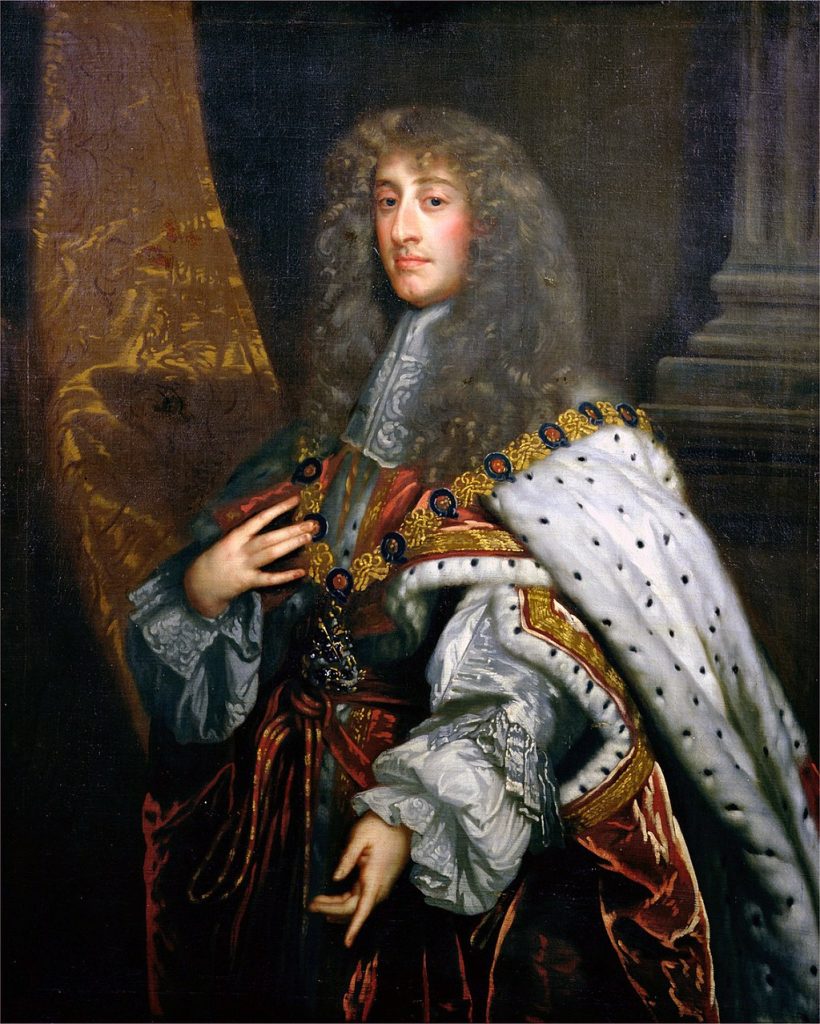
10. Delaware (1664)
Delaware was originally a Swedish colony, known as New Sweden.
It was established by Peter Minuit in 1638 as a fishing and fur-trading colony, beginning with a settlement called Fort Christina, near present-day Wilmington. Its land was very fertile, and colonists made a living planting wheat and corn.
In 1655, Dutch forces led by Peter Stuyvesant captured New Sweden, incorporating it into the Dutch colony of New Netherland.
Then, in 1664, the English seized the Dutch territories, including Delaware, as part of their conquest of New Netherland under the Duke of York.
The Duke of York granted Delaware to William Penn in 1682, meaning it became part of the Province of Pennsylvania. Later, in 1704, Delaware formed its own legislative assembly, becoming an independent colony in its own right.
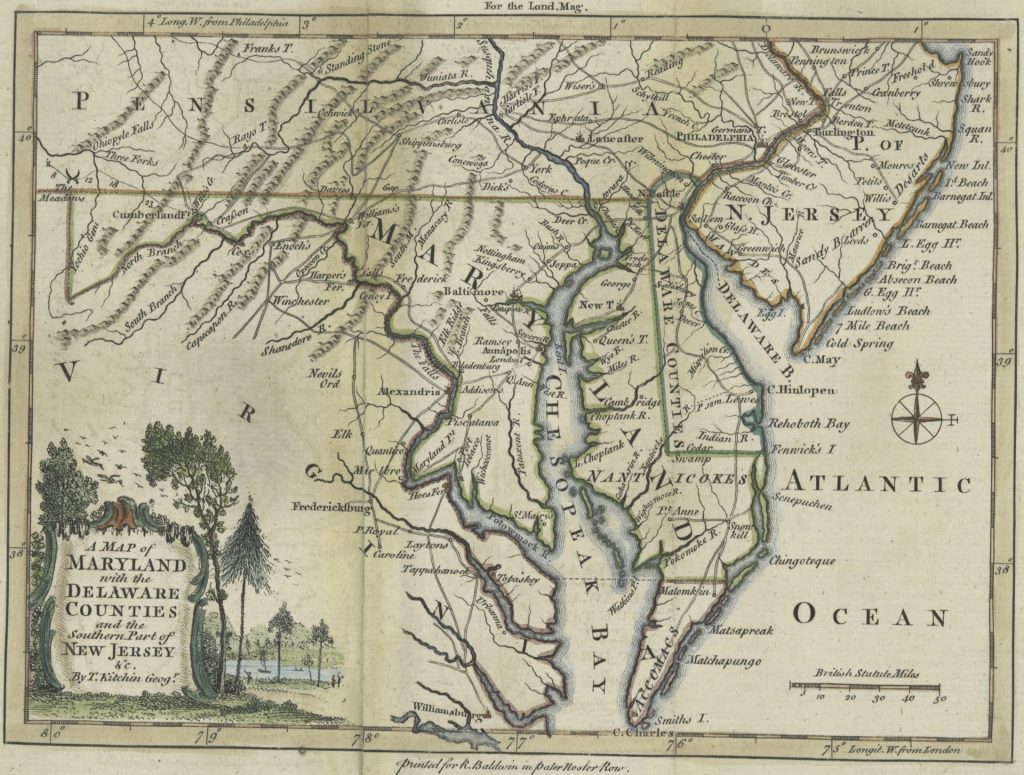
11. New Jersey (1664)
Similar to Delaware, New Jersey was another territory formerly under Swedish and later Dutch control, which was captured by the Duke of York’s forces in 1664.
Before English control, the Dutch established settlements at Pavonia (modern Jersey City), and the Swedes settled in the Delaware River area, setting up farms and trading posts. It earned the nickname “The Breadbasket Colony” due to its agricultural productivity.
After its capture, the Duke of York granted New Jersey to Sir George Carteret and Lord John Berkeley as a proprietary colony. They then aimed to attract settlers by offering religious freedom, generous land grants, and a representative government to promote economic development and population growth.
The Dutch briefly reclaimed control of New Jersey from 1673 to 1674 during the Third Anglo-Dutch War, which split the territory into East Jersey and West Jersey. In 1702, the territories were reunited as a royal colony.
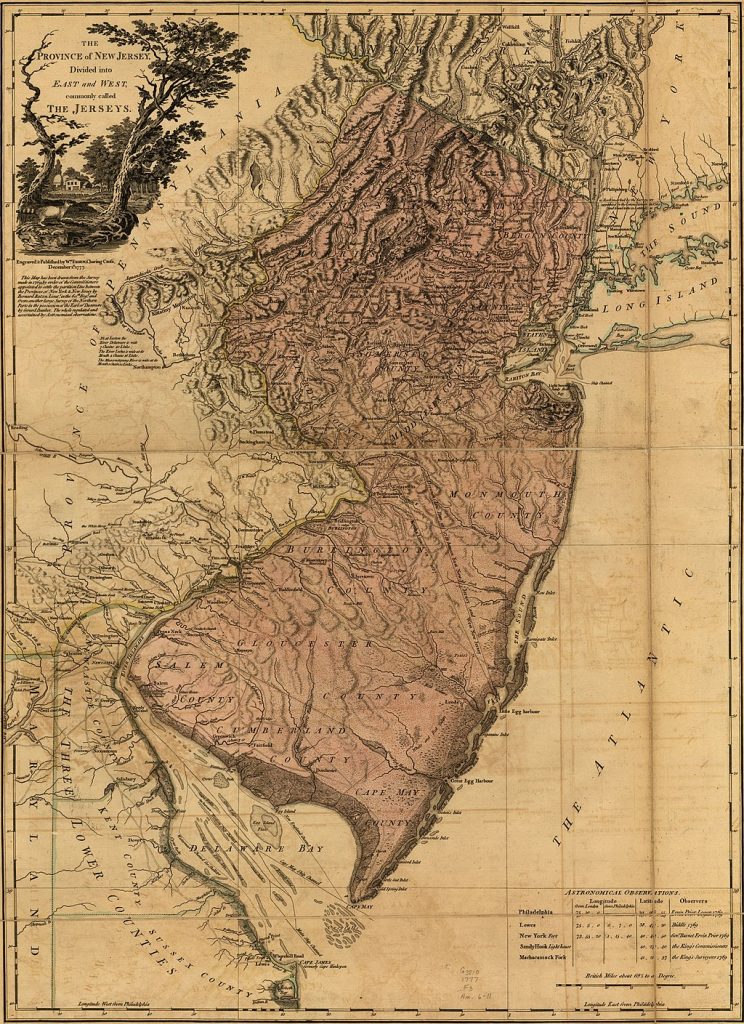
12. Pennsylvania (1682)
Pennsylvania was founded in 1682 by William Penn, a Quaker, who was granted the land by King Charles II as repayment for a debt owed to his father, Admiral Sir William Penn.
The colony was established as a safe haven for Quakers, a religious group who often found themselves ostracized in other colonies such as Massachusetts.
Penn designed Pennsylvania to uphold Quaker ideals such as nonviolence, egalitarianism, and democratic governance. However, the colony was diverse, as other minority groups such as Scots-Irish Presbyterians, German Lutherans, and Dutch settlers also settled there.
Pennsylvania’s first major settlement was its capital, Philadelphia, although the first European settlement in the territory was Fort Nya Gothenburg, established on Tinicum Island in 1643.
Philadelphia’s location on the Delaware River quickly made it one of the most important ports in the colonies, facilitating trade with Europe, the Caribbean, and other colonies.
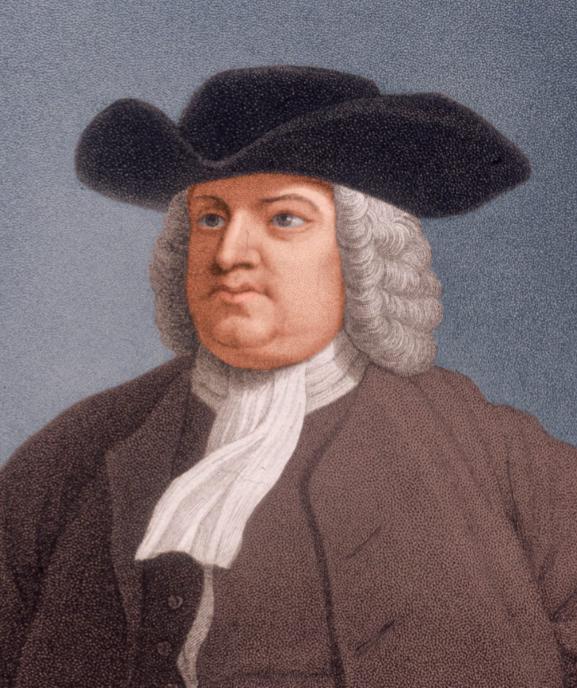
13. Georgia (1732)
The story of Georgia’s foundation is slightly different from the rest of the Thirteen Colonies.
Georgia was chartered in 1732 by King George II, who granted James Oglethorpe and a group of trustees control over the land.
Oglethorpe aimed to create a refuge for England’s poor and indebted, particularly those facing imprisonment for debt. The territory was also designed by the British as a military buffer from Spanish forces in Florida, in case of future invasion.
Initially, slavery was banned, and Oglethorpe also implemented strict rules to help ensure Georgia’s residents would be able to resist the Spanish, such as banning the consumption of alcohol.
Oglethorpe was successful in negotiating peace treaties with the local Creek and Cherokee tribes, although tensions rose as the colonists expanded their territory westward.
Beginning with its first settlement in Savannah, Georgia struggled economically due to restrictions on land ownership and the prohibition of slavery. However, after these restrictions were lifted in the early 1750s, rice, indigo, and tobacco became profitable exports.
From this point on, Georgia became a successful plantation colony, similar to South Carolina.
